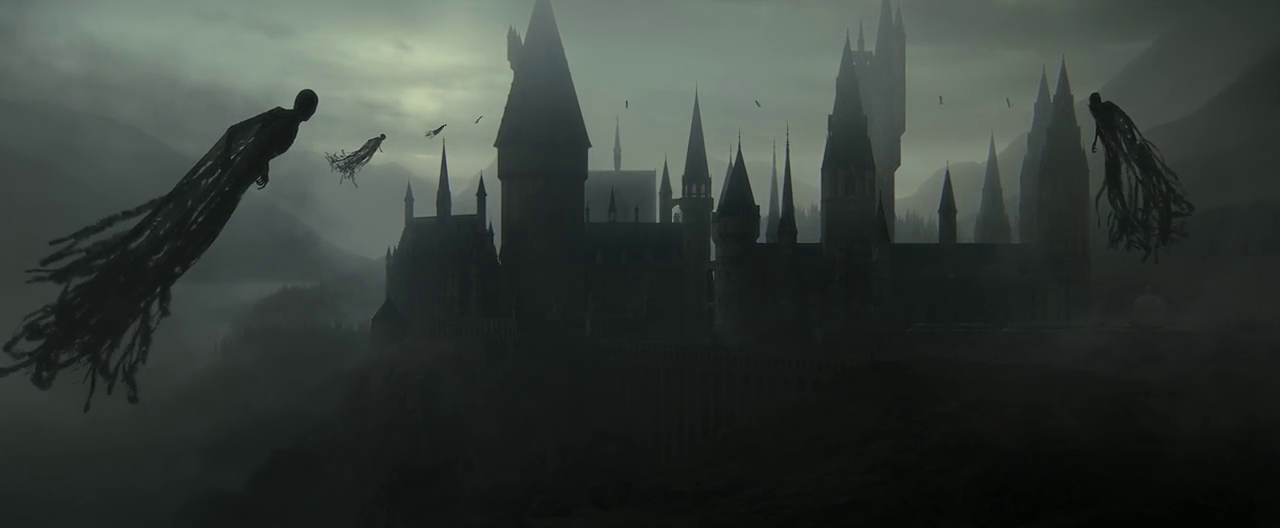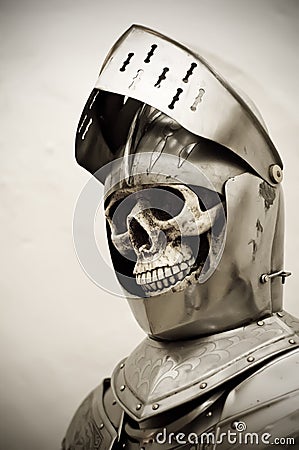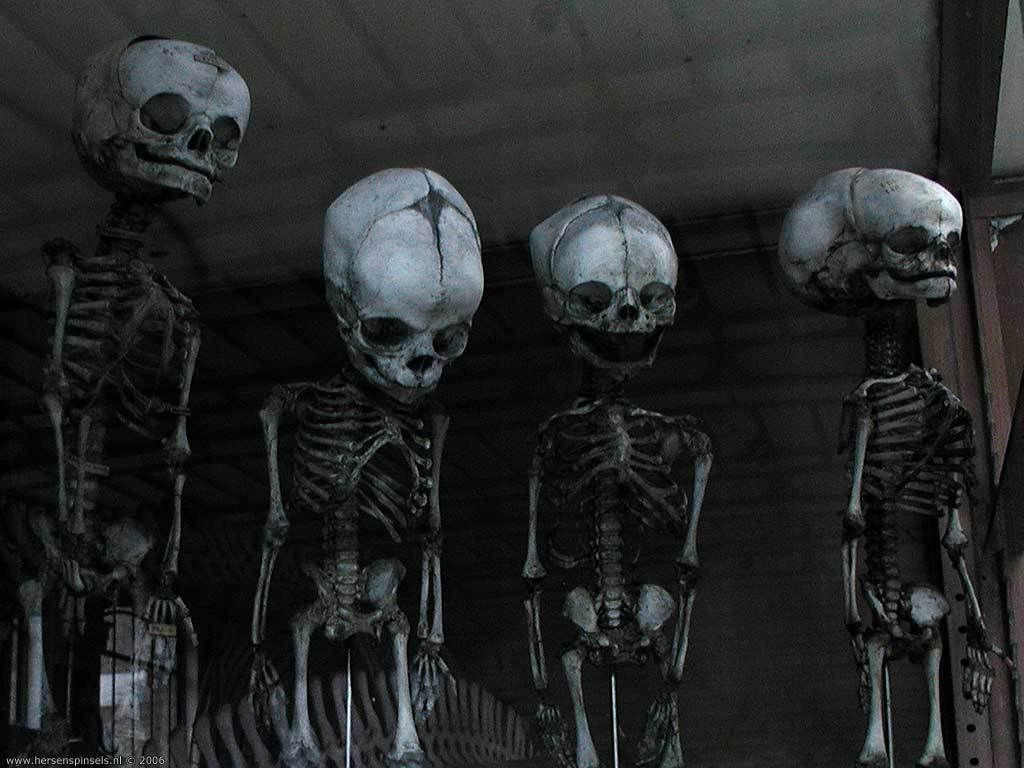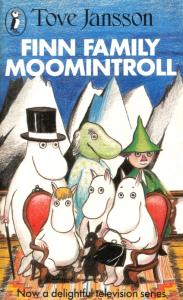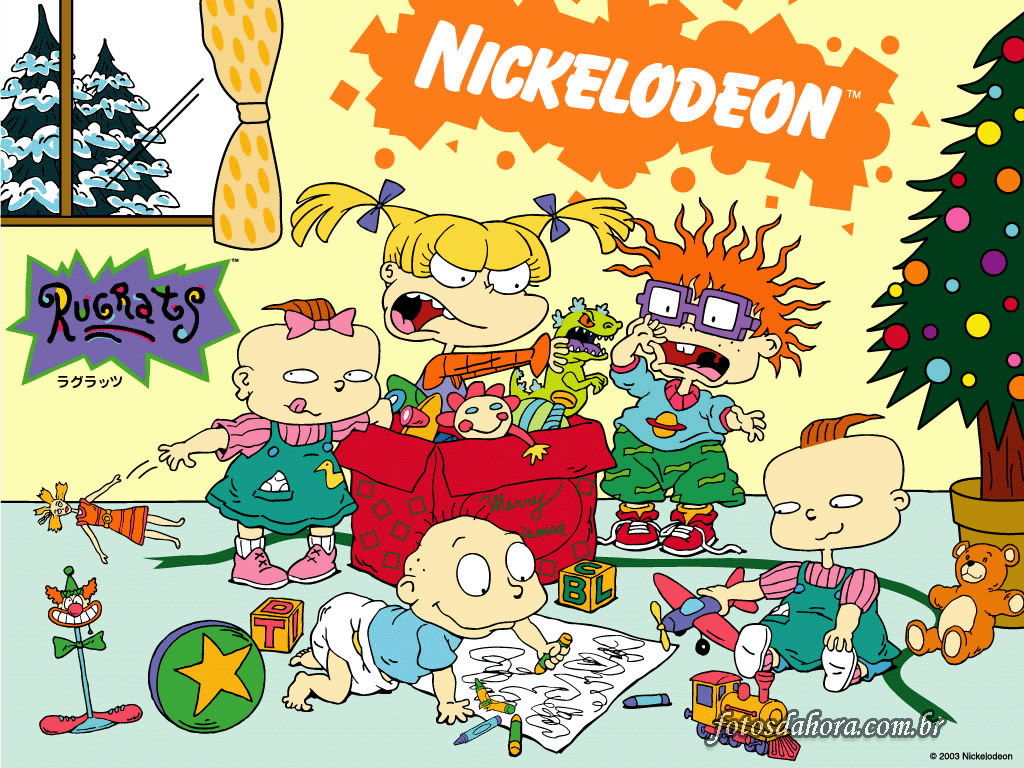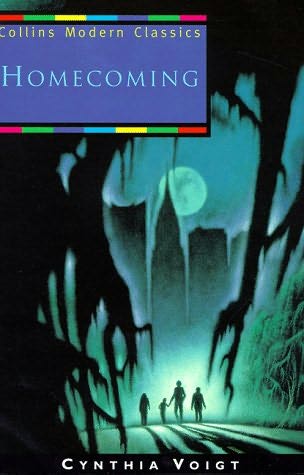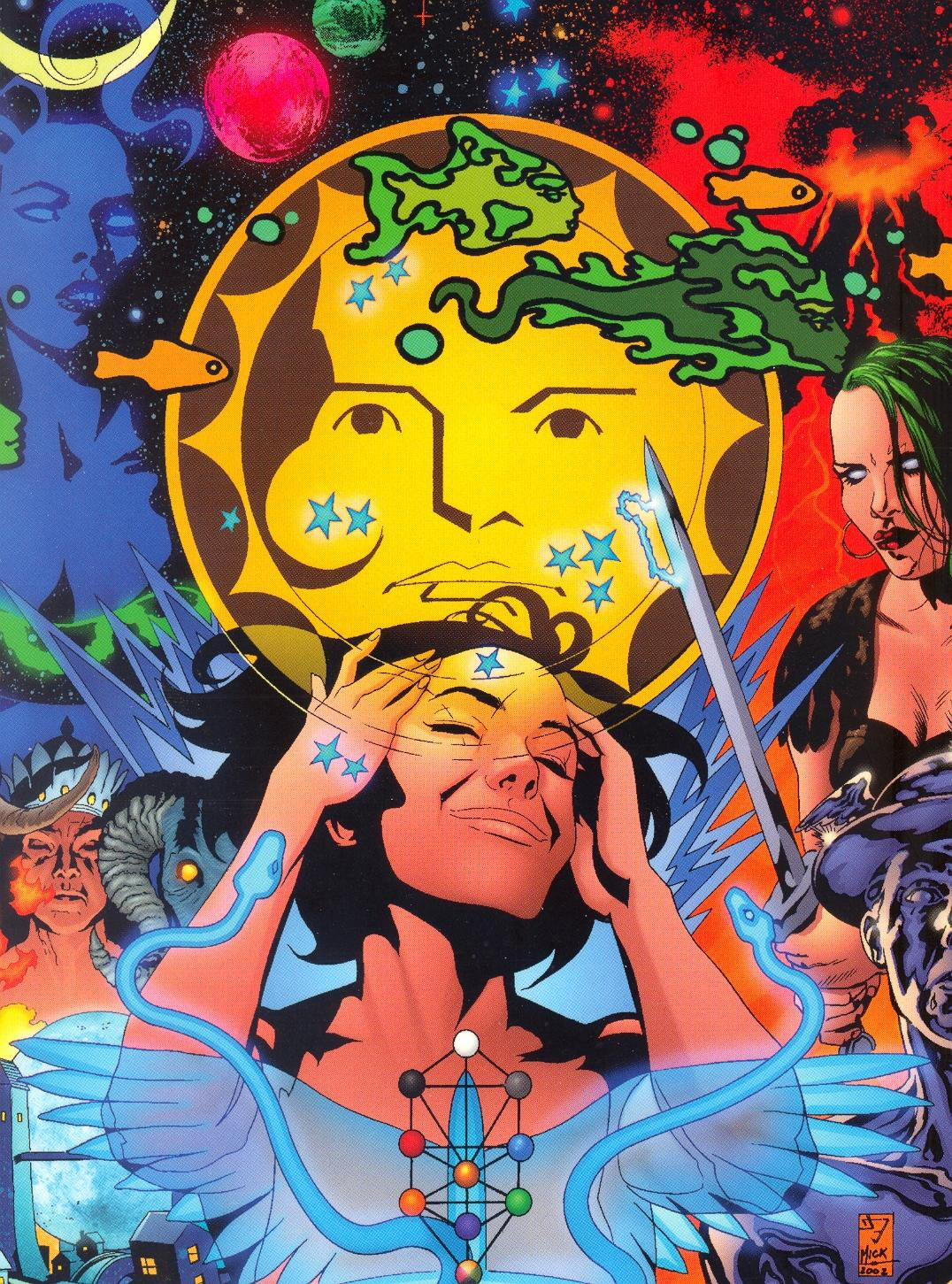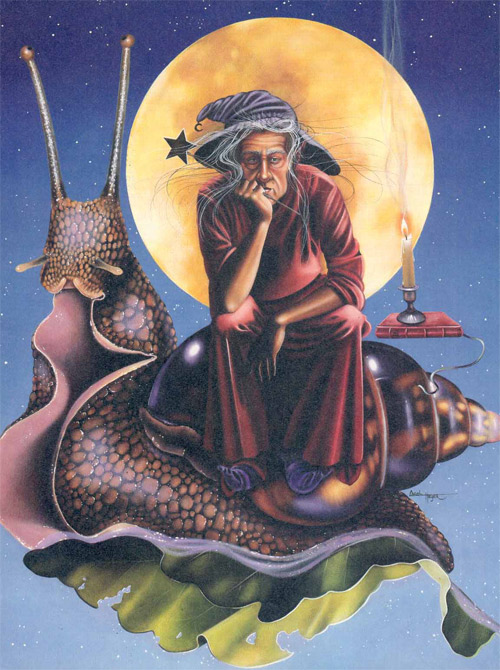Most of the time when we play RPGs our default mode is to visualise the imaginary world as something like a movie or a memory. There aren't any particular stylistic visual choices, we just let the images appear in our minds as the DM says stuff. However there are some cases where these images might be different, like if you were playing a game that's explicitly tagged as 'anime style' you would probably picture everything as anime, or in Marvel Heroic Roleplaying I think they refer to game turns as 'panels' so that is also something that could affect your visualisation.
I want to visualise a tabletop game like this:
And not just visualise, but everything about this game is designed to put you in the idea that you're *not* really fictional heroes doing mighty deeds, you are just characters in a videogame. It's pretty disassociated, you could say.
So you can't tell the DM 'we go west' or 'I examine the wall in greater detail'. What, you think you're a guy with actual eyes or something? You're just pixels on a screen. Instead you can say things like 'We move to the right' (new stuff is always to the right) or 'I punch the wall and see if it shatters'.
Your options will be different depending on which 'screen' you're currently occupying. Combat and exploration will take place on the 'Action Stage' screen (see above). The other screens are:
overworld map - for travelling to different locations which each have their own screen
shop - for buying things
 |
camp screen - to manage your party's inventory (you can only take one item each when you enter a battle stage)
cutscene - when the GM just wants to show you something. However this isn't entirely non-interactive. Usually a cutscene will show a character talking to you, and then you can choose what the possible responses are.
minigame - for any other dumb thing that the GM made up to throw at you
Now hold on a minute buster, you might be saying, what is the goddamn point of this game? if I wanted to play a videogame I could just actually play that? why do I need to turn a tabletop game into some other game that it's not?
The answer is: flexibility and imagination. Though this is the hard part of the design, the idea is for the players to have much greater agency and creativity than they would in a real arcade game, and at the same time allowing the GM to improvise things that would never happen in a videogame.
The system to make this work is "Secrets". Secrets are some things, little or big, which you can do in the game but aren't explicitly spelled out for you. They might include a particular item dealing bonus damage against a boss, or a well-placed punch breaking open a false wall, or a hidden area on the overworld map that only appears after you've picked a certain dialogue option.
And of course, all the Secrets are invented by the players. I'm not quite sure how you would regulate it, maybe with some sort of Fate Point-like system. But this system basically replaces all lateral thinking that you would do in a 'realistic' RPG. You can't just say "well it makes sense for my fireball attack to deal extra damage against the ice zombies" because since when did old videogames make sense, or account for every eventuality? But what you CAN say is "I just discovered a secret - look, when I use fireball these ice zombies melt immediately" and the GM can go "FINE you get bonus damage".
If you want to go to a place that the GM hasn't mapped, then you just need to 'discover' the warp zone that leads you there. If you want to carry your dinosaur mounts to the next stage, you just need to jump across the invisible platforms instead of leaving them at the stable. If you want to combine an axe and a gear into a spinning death device you just need to try putting one on top of the other in your inventory screen.
When talking to NPCs, the GM will give you some 'canned' dialogue (you pretend it's canned but it may be made up on the spot) and the players, collectively, will devise exactly 3 'canned' response options. You always have to list three, even if you think you know what you want to say already. So maybe the king says "Will you undertake this quest for me?" and the players come up with the responses "Yes, of course" "No thanks" and "Taste my steel, baldy!"
There is no 'character generation' in this game, only the 'character select screen'. But you the player picks who will appear on this screen. Your stats are SPEED, POWER, HEALTH and SPECIAL, which are rated from 1-4 and assigned by point buy. You pick one special ability which is powered by your SPECIAL meter. Then you describe your character's name, sprite and a brief one-sentence description. The special abilities are generic so you can reskin them as just about anything. The default setting is some sort of Mortal Kombat/Street Fighter type world so it's cool to have commandos, ninjas, wizards and aliens adventuring together.
When you die you are dead forever (it's coin-operated I guess) but you have 3 lives and can sometimes acquire more. You cannot advance or level up your character in this game. The only form of advancement comes from unlocking new and stronger characters. Although sometimes this new character might be a powered up version of your old one, like with a cyborg arm or something.
When you kill enemies or break things, you can roll on a table to see what items fall out of them if anything. Maybe there is a combo system that affects this d% roll in mysterious ways. Sometimes you can collect letters that spell out S-U-P-E-R and when you get them all you can use a special team attack. Now that's a disassociated mechanic.
Your party as a whole knows one cheat code. You can choose what it does, picking from a list, which might include things like temporary invincibility, but also things like 'input the code here to automatically have a cutscene turn out the way you want it'. You can only use the cheat code once and probably can't find another one ever.
Combat... this is the tricky part because you would spend a lot of time in combat so it would need to be good. I would make it some grid based thing distilled from D&D4E, except your minis would represent sprites moving up and down the screen. That's the main reason I'm not going to run this - I would have to come up with proper combat rules which is difficult, and I couldn't run it over hangouts because it would need minis and a grid.
 |












